Bologna – The jewel of Emilia-Romagna
Bologna has one of the most beautiful and best-preserved old towns in Europe with many cultural attractions. These include the towers from the Middle Ages and the almost 40 km of arcades that connect the extensive city center with its pedestrian zones, squares, churches and palaces. The arcades of Bologna were added to the UNESCO World Heritage list in July 2021.
I began my journey through the heart of Bologna at the Cattedrale Metropolitana di San Pietro. Originally built in the 10th century and later extensively renovated in the Baroque style during the 17th century, this cathedral stands as the spiritual center of the city. Its richly decorated chapels and dramatic interiors reflect the grandeur of post-Tridentine ecclesiastical architecture. The tall bell tower, rising behind the façade, holds one of the largest bells in Italy.

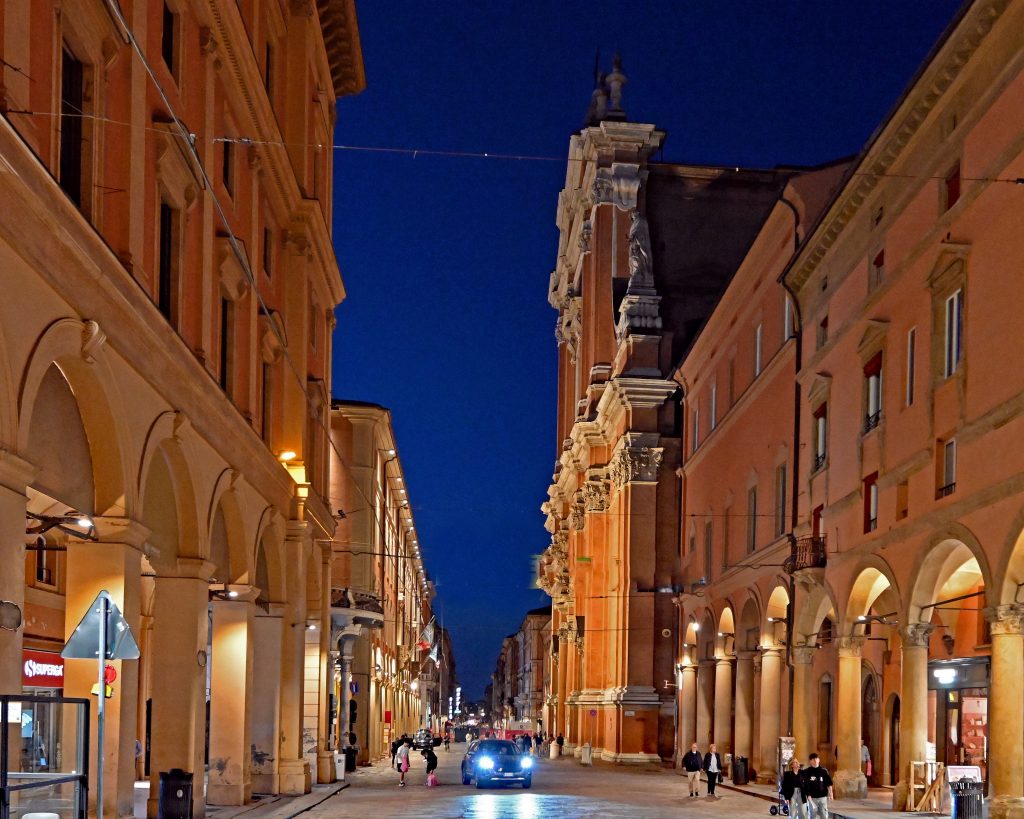
Just a short stroll away, hidden along the Via Clavature, lies the Basilica di Santa Maria della Vita, built in the late 17th
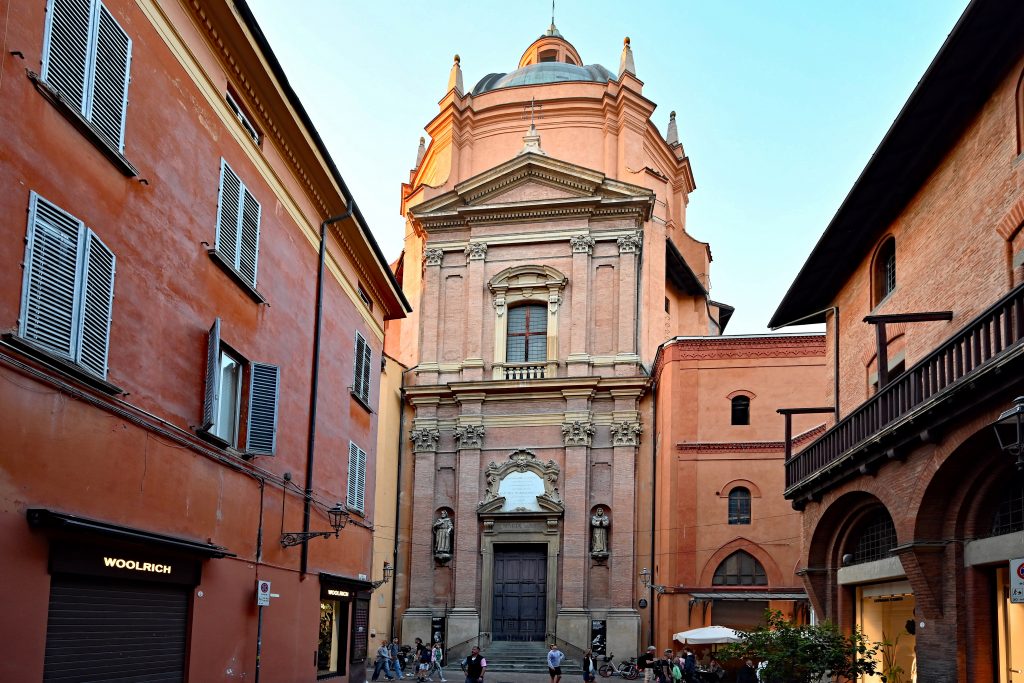
century in the Baroque style. Though modest from the outside, it houses a sculptural masterpiece: the Compianto sul Cristo Morto by Niccolò dell’Arca, a raw and emotional depiction of Christ’s mourning. This church was originally attached to a hospital, embodying the fusion of spiritual and charitable missions in medieval Bologna.
Moving into the vast expanse of Piazza Maggiore, you find yourself surrounded by centuries of civic pride. Dominating the northern side is the Palazzo del Podestà, constructed in 1201 in Romanesque-Gothic style.
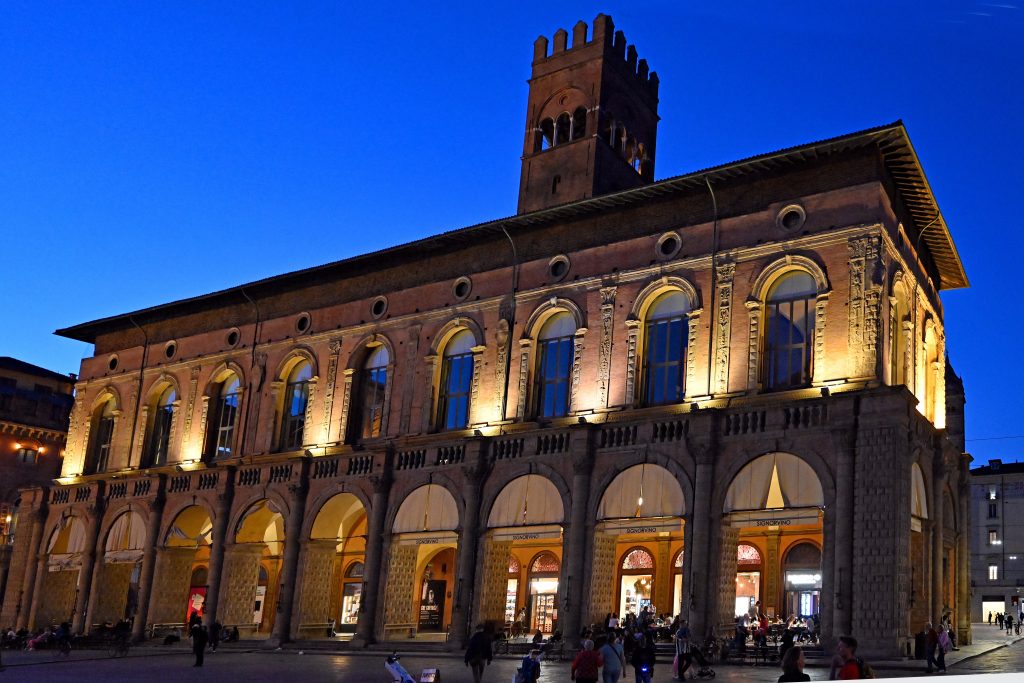
It once housed the city’s chief magistrate and has a remarkable vaulted atrium beneath which travelers and merchants once gathered. Its unique “whispering gallery” under the arch allows voices to carry from one corner to the other.
Right behind it, you’ll see the imposing Palazzo Re Enzo, named after King Enzo of Sardinia, who was held here as a

prisoner for 23 years after being captured in battle in 1249. Built shortly after the Palazzo del Podestà in a similar Gothic style, it served both as a public palace and a symbol of Bologna’s power.
On the eastern side of the piazza stands the Sala Borsa, built in 1883 in neoclassical style as a stock exchange.
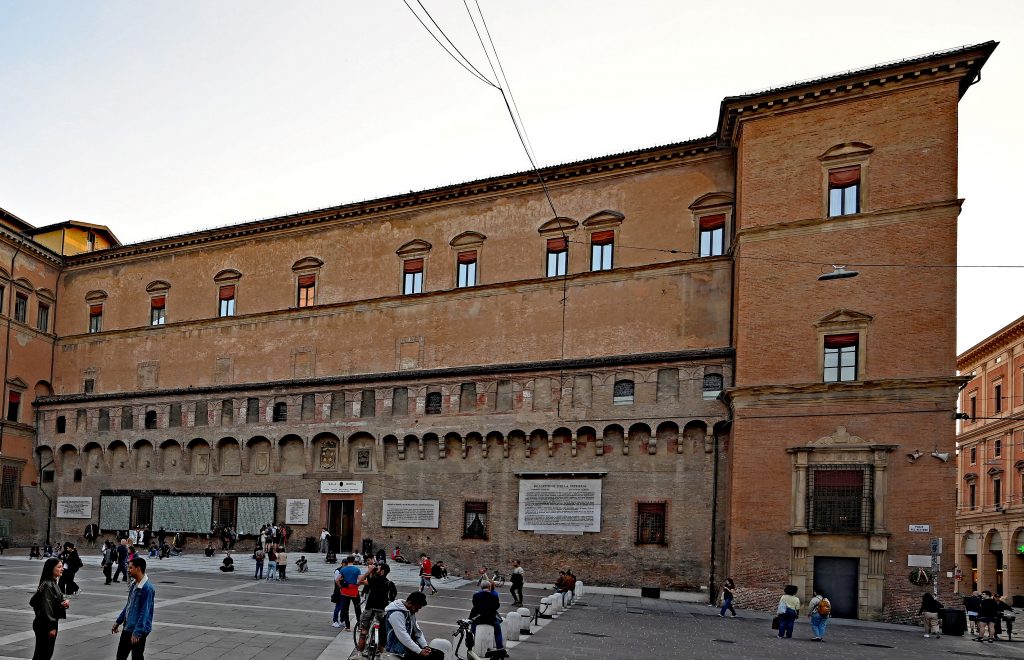
Today it serves as the city’s central library and cultural center, with glass floors revealing Roman and medieval ruins beneath—an apt metaphor for Bologna itself, a city layered with history.
Next, admire the red-brick façade of Palazzo d’Accursio, which began as the home of the jurist Accursius in the 13th
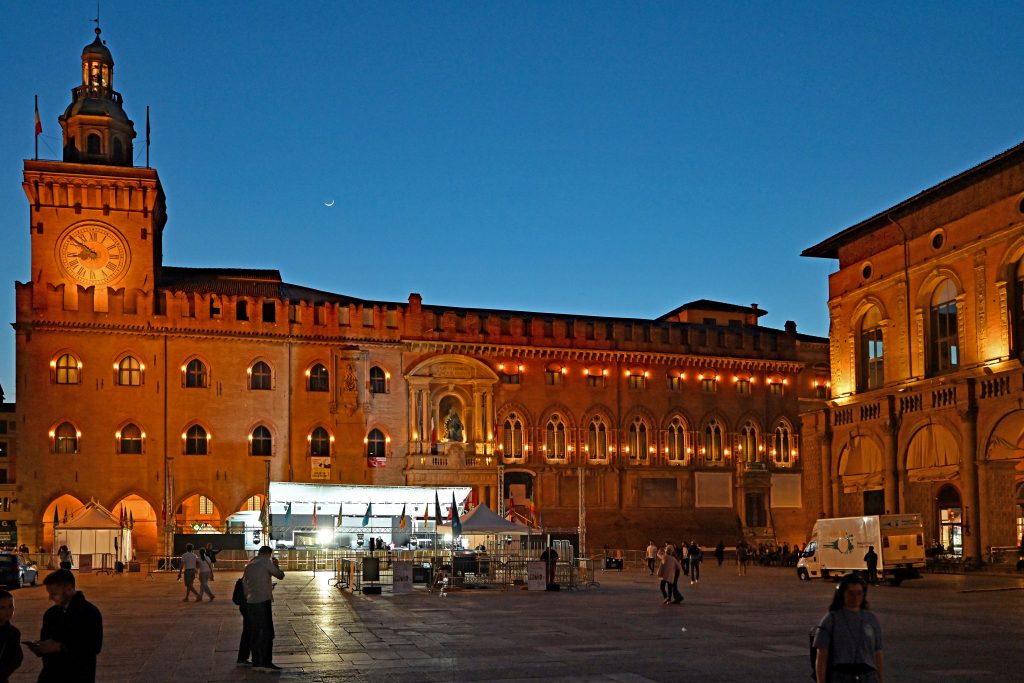
century and gradually evolved into Bologna’s city hall. Its fortified towers and Renaissance additions reflect the building’s transformation from private residence to seat of power.
Just beside it, the small but elegant Palazzo dei Notai, dating to the 14th century, housed the notaries’ guild. Its crenellated roofline and Gothic windows reveal the influence of civic architecture in medieval Bologna.
On the southern side of the square stands Palazzo dei Banchi, a 16th-century addition in the Renaissance style, designed by Vignola. Its harmonious colonnade unified the look of the piazza while discreetly covering the entrances to the narrow alleyways behind, where money changers and merchants once thrived.
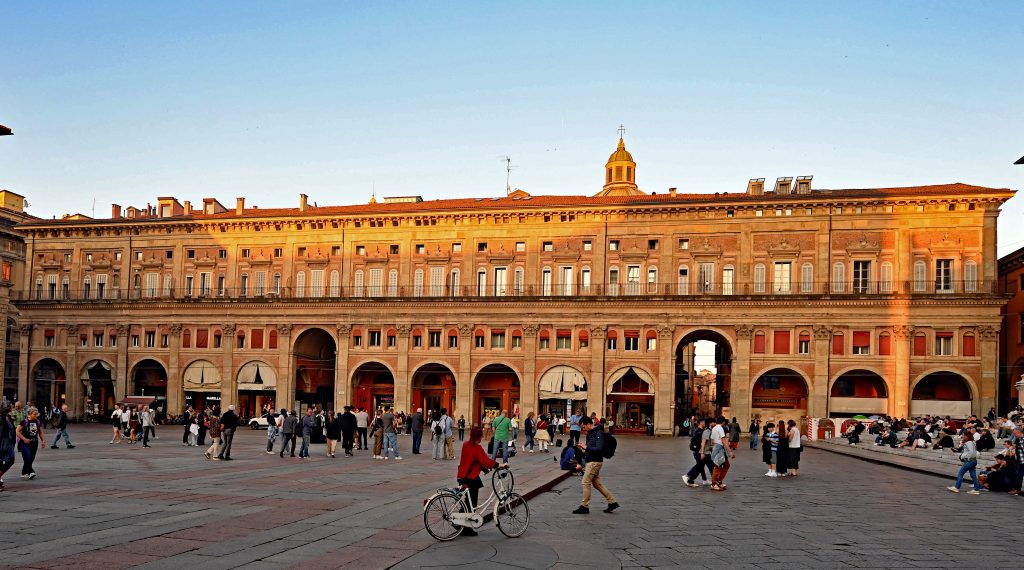
From Piazza Maggiore, take a few steps west to reach the Fontana del Nettuno, created in 1566 by Flemish sculptor Jean
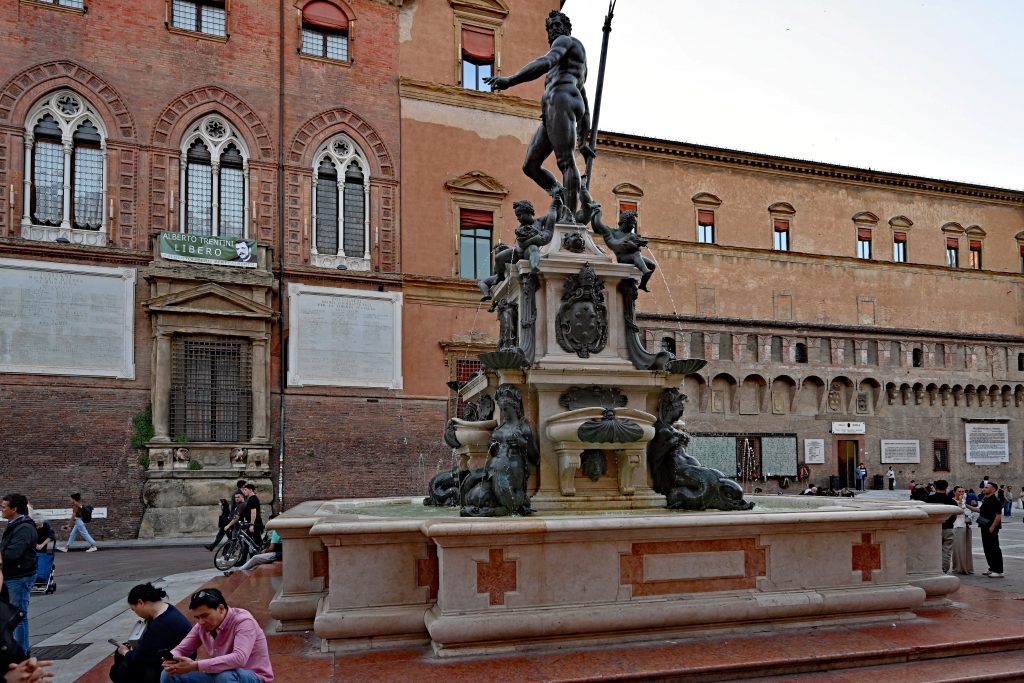
de Boulogne, known as Giambologna. This elegant Mannerist fountain was not just a tribute to Neptune, god of the sea, but also a symbol of papal authority. The trident in Neptune’s hand later inspired the Maserati logo.
Turning back toward the square, the Basilica di San Petronio rises on its southern side. Construction began in 1390 in Gothic style, and although it was never completed according to the original design, it remains one of the largest churches in Europe. Dedicated to Bologna’s patron saint, this basilica embodies the city’s aspirations for independence and grandeur. Its unfinished façade tells a story of halted ambition and shifting power.
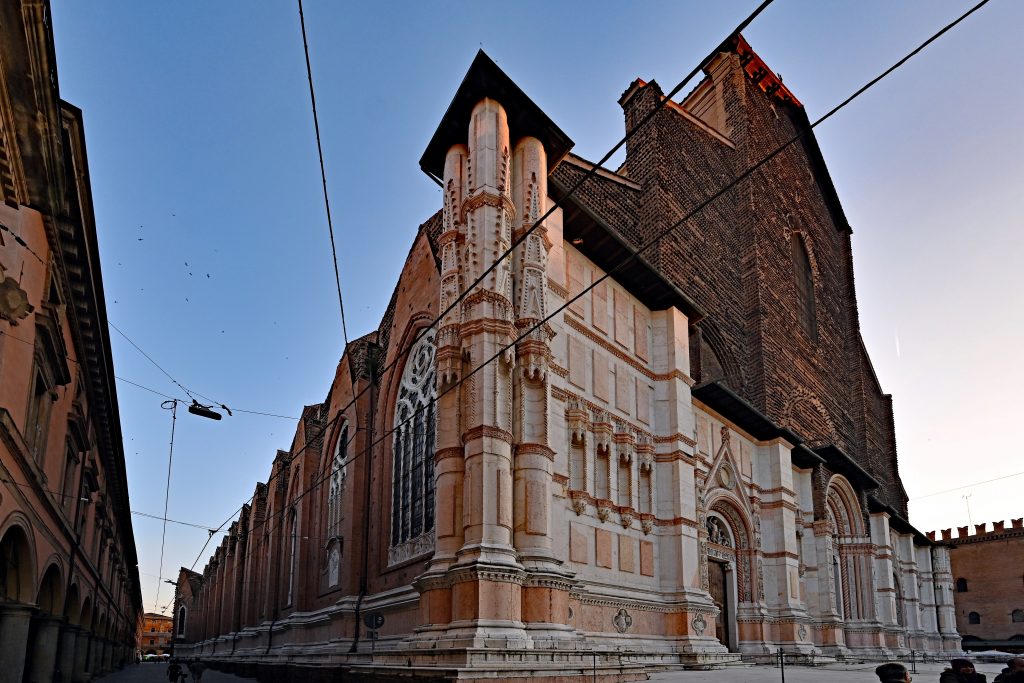
Continue your walk southeast toward Piazza del Francia, where you can admire the Statue of Divus Petronius in a nearby niche. This 17th-century sculpture honors Bologna’s patron saint, depicted blessing the city with one hand while holding a model of it in the other.
Further along, you reach Piazza Minghetti, a 19th-century creation lined with stately buildings reflecting the elegance of

Umbertine and Neoclassical architecture. Here stands the Cassa di Risparmio Palace, built in the late 1800s in eclectic style with Renaissance inspirations, reflecting the confidence of Bologna’s growing banking sector.
Near the piazza, the charming Casa Saraceni catches your eye with its blend of Gothic and Renaissance elements. Built in the early 16th century, it’s among the finest examples of Bolognese residential architecture and now houses the Carisbo Foundation.
Close by is the Opera Pia dei Poveri Vergognosi, a former charitable institution dating to the 14th century. Its name,

“the pious work for the ashamed poor,” refers to its mission of helping those in poverty who were too proud to beg. The building reflects simple, functional Gothic design, reminding us of the city’s long tradition of social care.
Continuing along Via Cesare Battisti, you come to the Chiesa del Santissimo Salvatore, rebuilt in Baroque style in the 17th
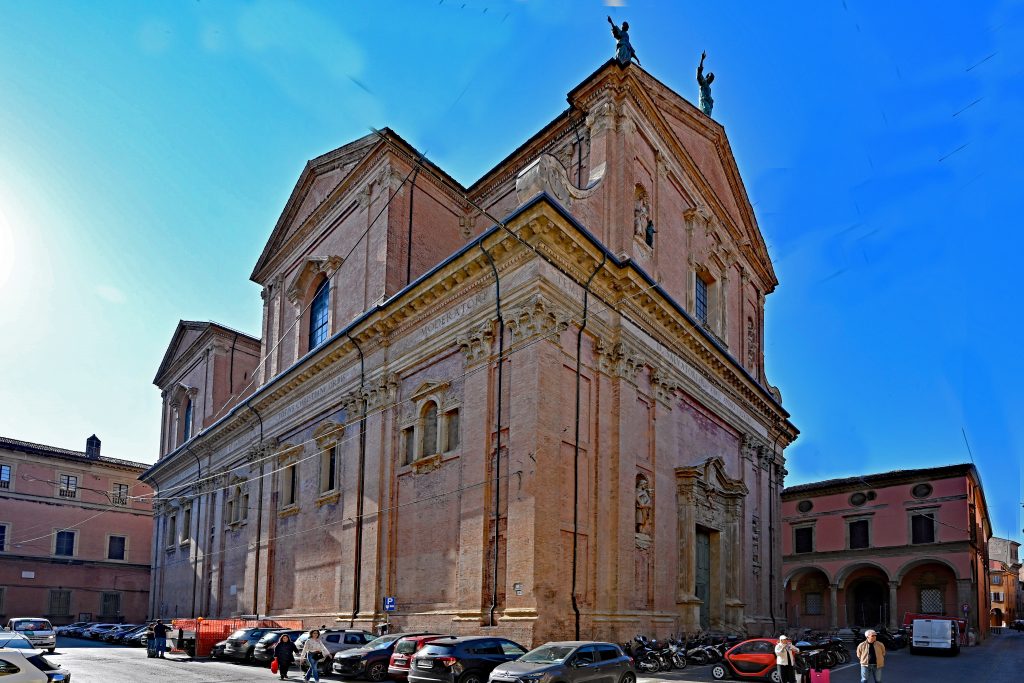
century over an earlier medieval structure. Its richly decorated interior and side chapels are filled with dramatic altarpieces and stuccoes.
Walking west, you pass the Tombe dei Glossatori, elegant Gothic canopied tombs from the 13th century that
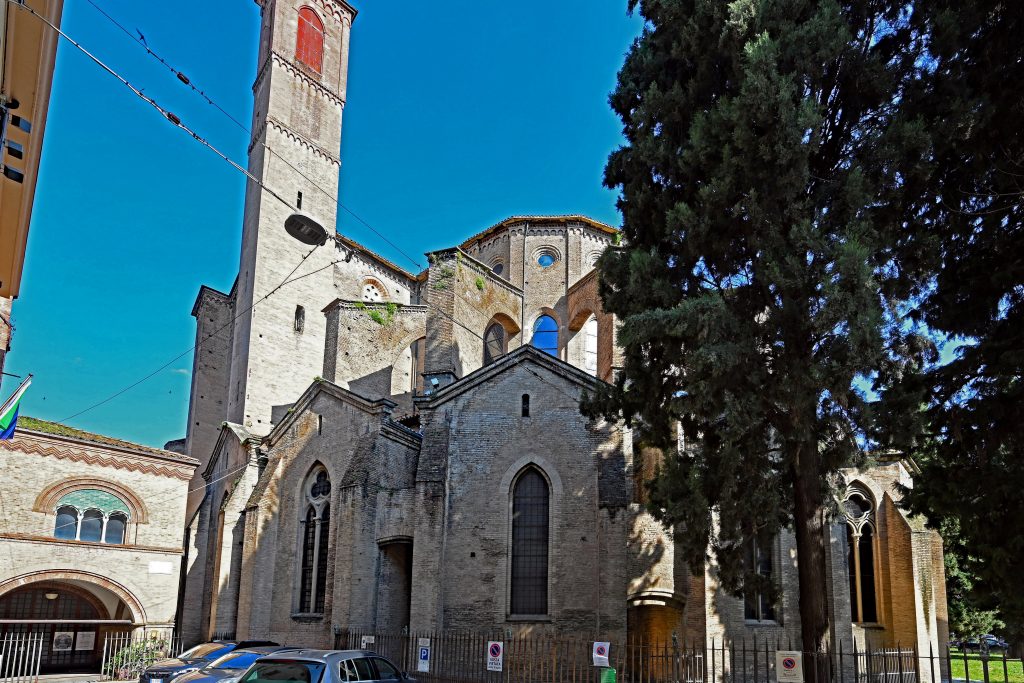
commemorate Bologna’s most revered legal scholars. These jurists helped develop the study of Roman law, and their fame made Bologna’s university the most prestigious in medieval Europe.
A few more steps bring you to the Basilica di San Francesco, begun in 1236 in early Gothic style and completed by the 14th century. It is one of the first examples of French Gothic influence in Italy and holds the tombs of the Accursii family, famous jurists of the city.
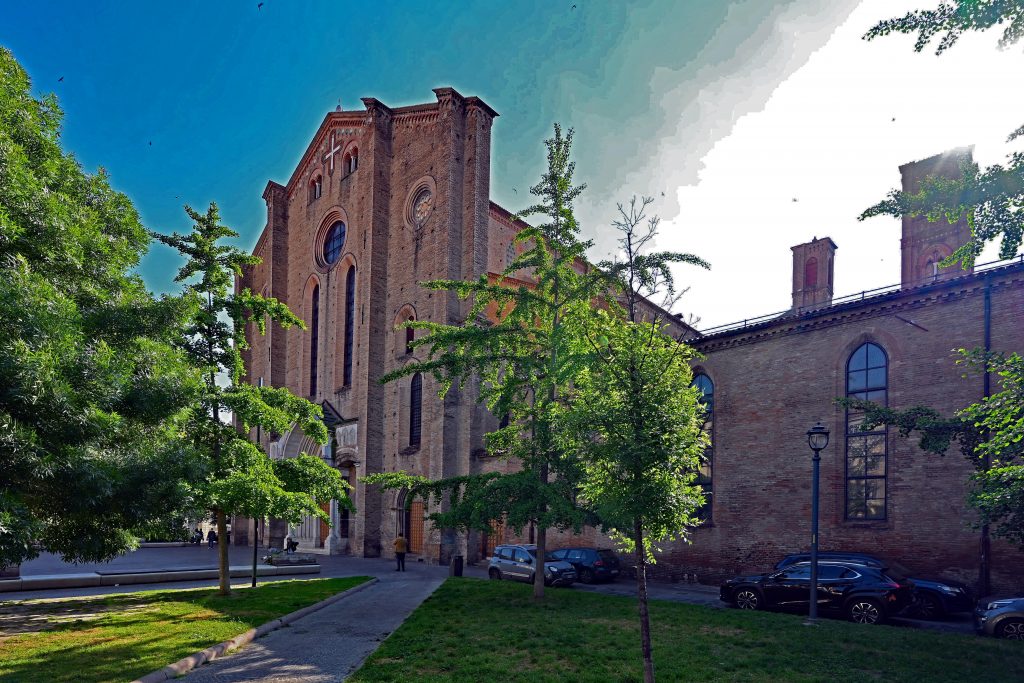

The interior contains masterpieces by all the key artists of the era, including the Cappella De’ Rossi by Lorenzo Costa, the Lamentation by Vincenzo Onofri and various paintings by Amico Aspertini.
At the intersection of the city’s medieval commercial roads stands the Palazzo della Mercanzia, built in 1384 in the Gothic style with its pointed arches and ornate balcony. It was the seat of the Chamber of Commerce and the guild court, symbolizing Bologna’s role as a wealthy trading hub.

Then, the unmistakable silhouettes of Le Due Torri dominate the skyline—Torre Garisenda and Torre degli Asinelli, built in the early 12th century by noble families as both defensive structures and symbols of status. The Asinelli Tower, at 97 meters, is the tallest leaning medieval tower in the world. The Garisenda, once taller, was cut down in the 14th century for safety. Their precarious lean only adds to their mystique.
Your next stop is the peaceful Basilica di Santa Maria dei Servi, begun in 1346 in Gothic style. The basilica’s long arcaded portico, added in the 16th century, creates a serene and inviting forecourt and is considered one of Bologna’s most beautiful.
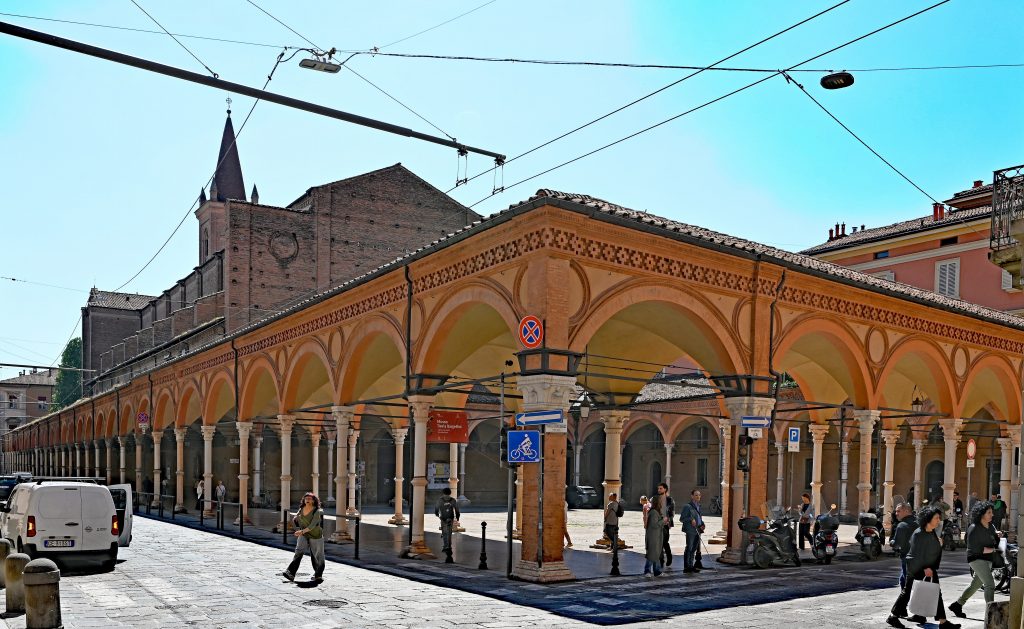
From there, head toward Cortile Caval Cestelli, a hidden courtyard within the University of Bologna area. This Renaissance cloister captures the scholarly quiet of Europe’s oldest university, founded in 1088.

A few streets north, you’ll find the famous Finestrella di Via Piella, a tiny window revealing a canal that runs through the city, often called “Bologna’s little Venice.” This view offers a rare glimpse of the city’s medieval water infrastructure, which once powered mills and facilitated trade.
My tour ends with a stroll along Via dell’Indipendenza, the city’s main shopping street. Designed in the 19th century with long arcades that shelter pedestrians from sun and rain, the street connects the central train station to Piazza Maggiore. Lined with cafes, boutiques, and grand facades, it reflects Bologna’s transition into a modern city while preserving its timeless charm.
